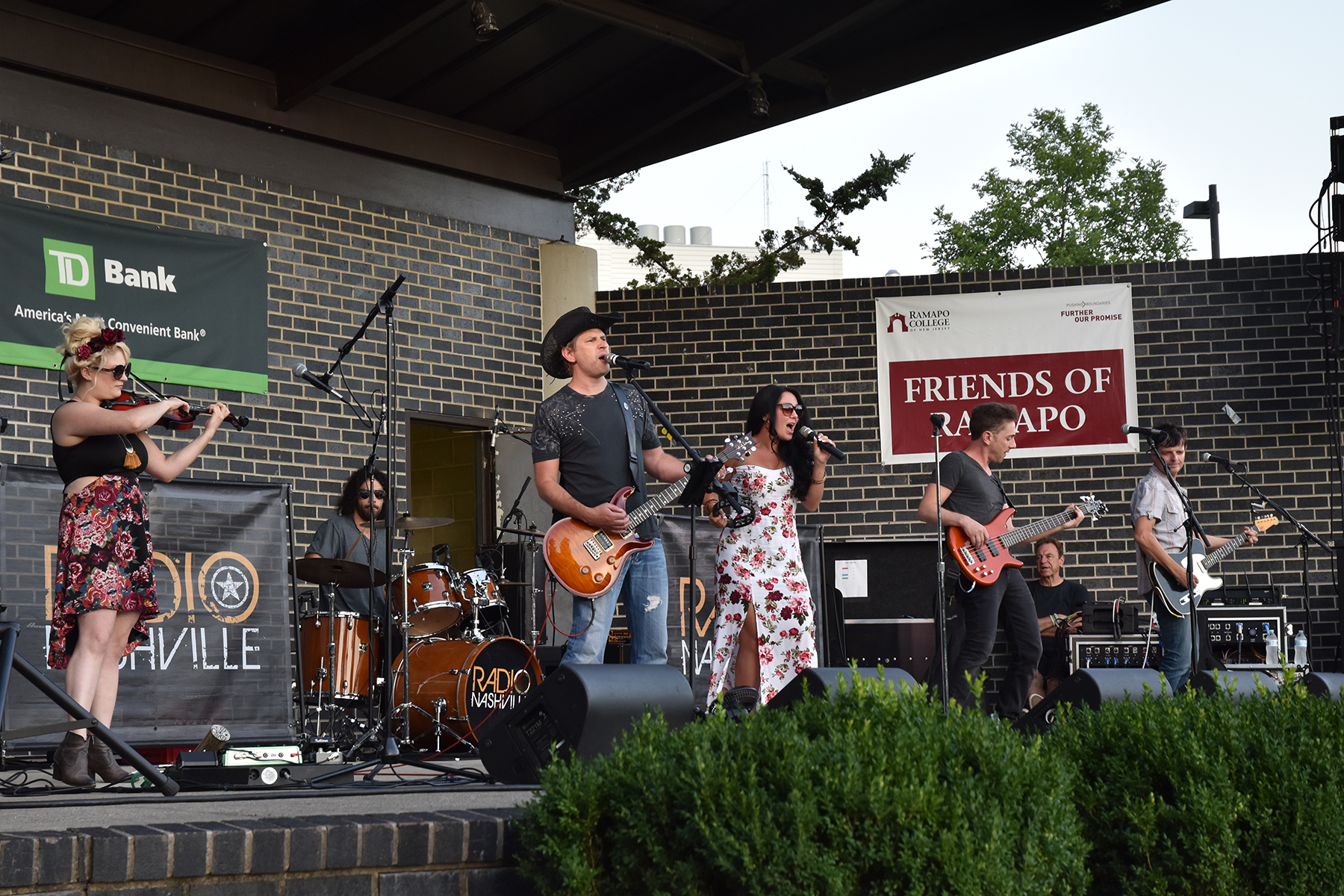
By KIMBERLEE BONGARD
During the #MeToo movement, prominent actresses and performers made their voices heard in an institution that was dominated by powerful men. The ongoing movement has prompted many researchers to examine inclusivity and diversity trends in entertainment, including the music industry.
According to USC’s Annenberg Inclusion Initiative, an inaugural report on inclusion in popular music found 83.2 percent of artists were men and only 16.8 percent were women in 2017 and out of the study’s 651 producers 98 percent were male and only two percent female.
Similar to the film and television industry, the less prominent presence of women can be observed in national and local music scenes including Ramapo College. Student planners utilize different strategies when executing gender inclusivity in their musical showcases and events on campus.
Only three of the 21 headlining bands on the first Warped Tour included women. How have things changed (and how have they stayed the same)? Hear the stories. https://t.co/QRlWibSHza
— New York Times Music (@nytimesmusic) June 25, 2018
“It’s all about the balance and having to go the extra steps to make sure that females have the same opportunities as the males in this industry. Not necessarily making it all about women or all about men but just making sure they have the same platform and opportunities,” said Hadar Baron, Ramix’s label manager and senior student.
Baron shared her personal experience taking classes at Ramapo College, where her music classes have been routinely dominated by men. “I don’t remember more than a handful of women ever being in my classes. I distinctly remember sometimes being the only female in the class whether it was an industry class or a performance class—it’s sad but that’s the reality of it.”
She proposed a scenario in which if she were to plan a concert and were to only hang signs around the hallways of her classes advertising auditions and submissions, only a majority of men would see it just based on the male-dominated class ratio.
To get more women involved in shows, Hadar pursues alternate communication routes—often through social media in the form of women in music Facebook groups like Girls Behind the Rock Show.
Through these platforms, she confides in other women working in the industry who also visit the page for encouragement, empowerment. Through their website, women can also join networks to learn more about available job opportunities in the music industry.
Former president of the College Programming Board, senior Jacob Fishman, has helped to plan countless shows at Ramapo College including the spring and fall concert series and weekly Tuesday Night Live performances.
“Gender representation is certainly brought into the mind and heavily considered, especially in the realm of music I’m based in–cis, white, male-dominated–however, in doing so I’ve always tried to make sure it’s not to tokenize any groups,” he said. “By booking a non-male of non-gender conforming artist for the sake of saying you have one, you’re tokenizing their importance and not allowing them to be an equal and valued artist in the space.”
While hosting an occasional show that boasts female and non-binary talent, he does not think of that as a solution to the lack of gender representation in music. According to Fishman, an essential part of an organization’s inclusivity begins by offering people of all genders equal opportunities to perform and produce.
As Ramapo College prepares for the Les Paul Festival next week, Ramix Recordings has invited music industry professionals including Liz Pelly and Ramapo alumnus Danielle Czesnewski to offer their insight on Tuesday at 1 p.m. in the Adler Theater.
When Hadar Baron was organizing the symposium with Ramapo faculty, music professor Ben Neill suggested they call it a “Women in Music Panel.” Hadar shared her perspective on his working title, proposing that to make the event as inclusive as possible, they should not assign a gender to the discussion.